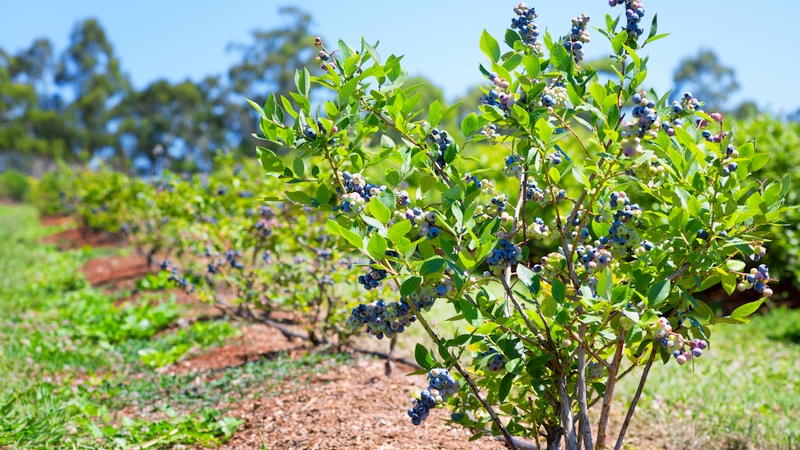Biocontrol Agent Tested To Battle Kudzu Bug
The kudzu bug, also known as Megacopta cribraria, feeds on the stems of kudzu as well as legumes, including soybean. This bug is a native of Asia and was first discovered in Georgia in October 2009. To help combat this pest, USDA scientists and their collaborators at the Agricultural Research Service (ARS) Stoneville Research Quarantine Facility in Stoneville, MS, have been evaluating a top natural enemy of the bug, the parasitic wasp Paratelenomus saccharalis.
The wasp is nonstinging and harmless to humans, pets, and other animals. However, it lays its eggs in those of Megacopta’s. Upon hatching, the wasp’s maggot-like brood devour the pest’s own developing embryos, reducing the size of the next generation.
Megacopta belongs to a unique insect family that doesn’t occur anywhere in the Americas. Thus, importing its co-evolved natural enemies isn’t expected to endanger native U.S. bug species, explains Walker Jones, who leads the ARS Biological Control of Pests Research Unit in Stoneville. First, however, the wasp must pass muster on a long list of requirements to confirm its host specificity and environmental safety, starting with the quarantine trials.
Toward that end, Walker is screening eggs of native species of related bugs to learn whether the wasp will attack them, and so far it hasn’t. The evaluations require a steady supply of bugs representing four families and 15 species sent to Walker by collaborators across the country.
Besides Georgia, Megacopta has also been reported in parts of Alabama, Tennessee, North Carolina, South Carolina and Virginia. A university-led effort is tracking the pest’s spread and studying its basic biology, host crop range, economic impact, chemical control and vulnerability to native predators, parasites and pathogens.
Read more about this research in the May/June 2012 issue of Agricultural Research magazine.
Source: Jan Suszkiw, ARS News Service









